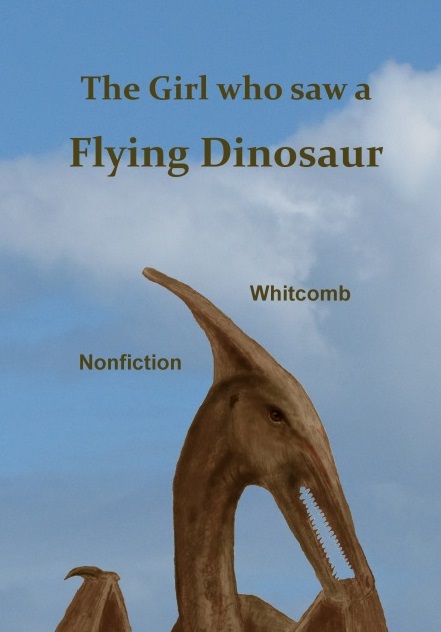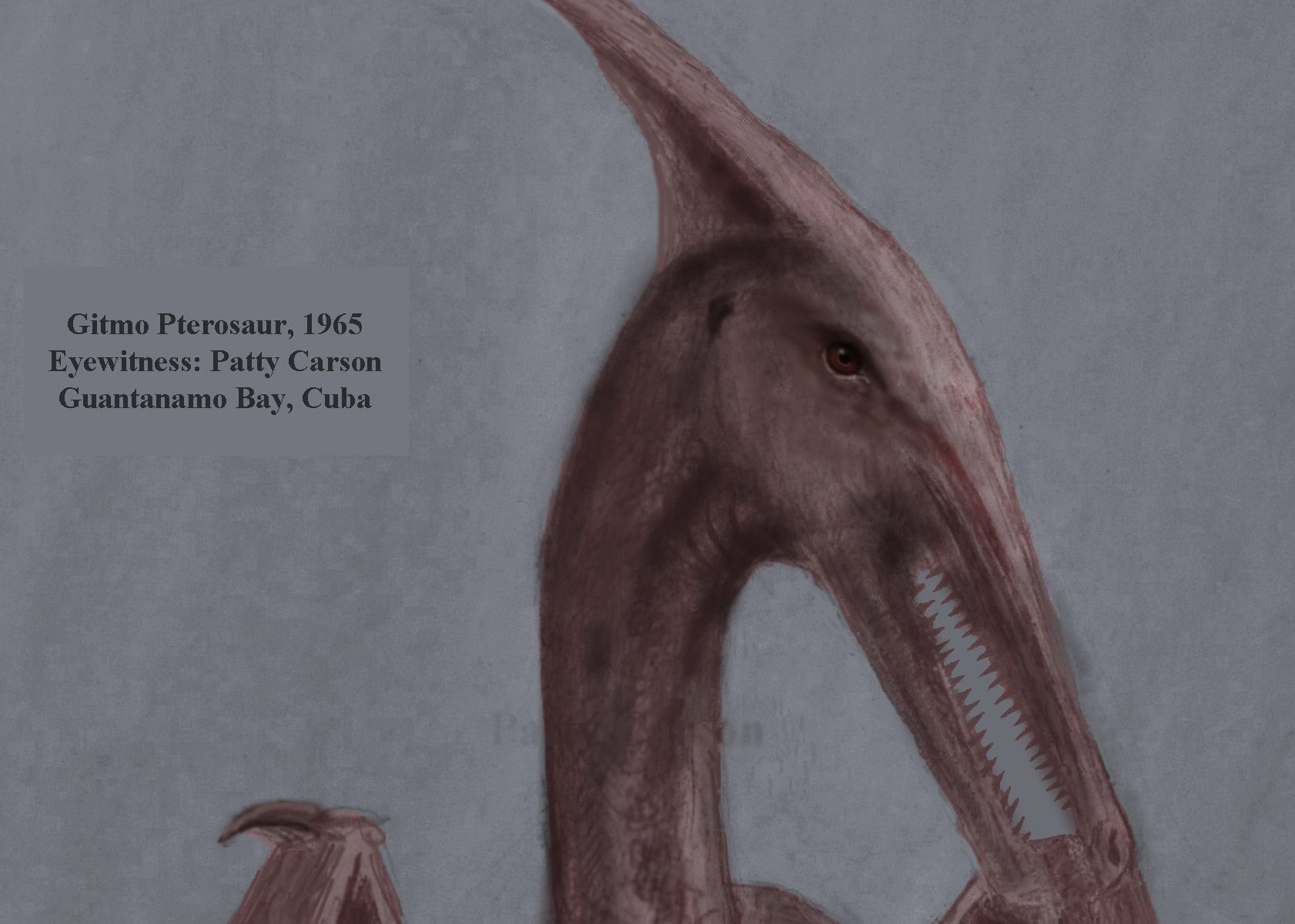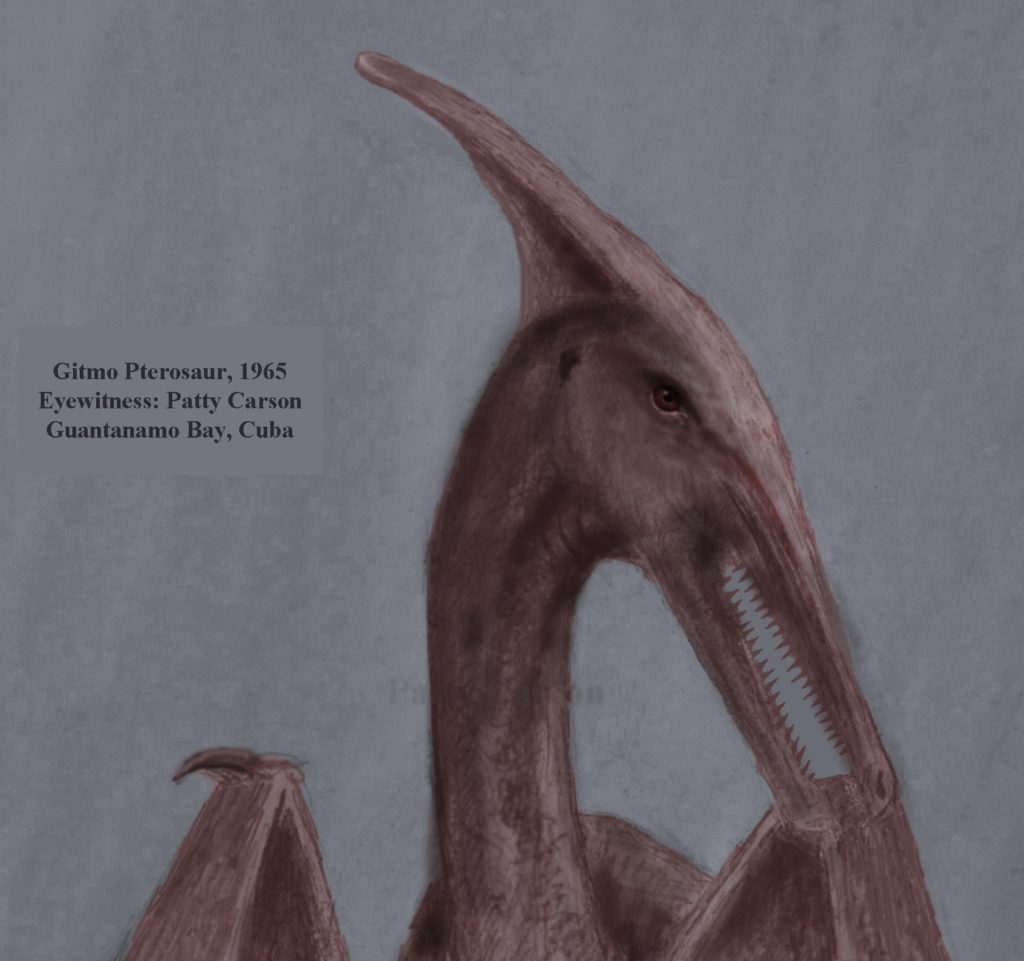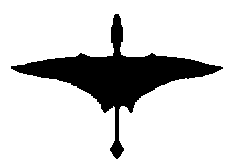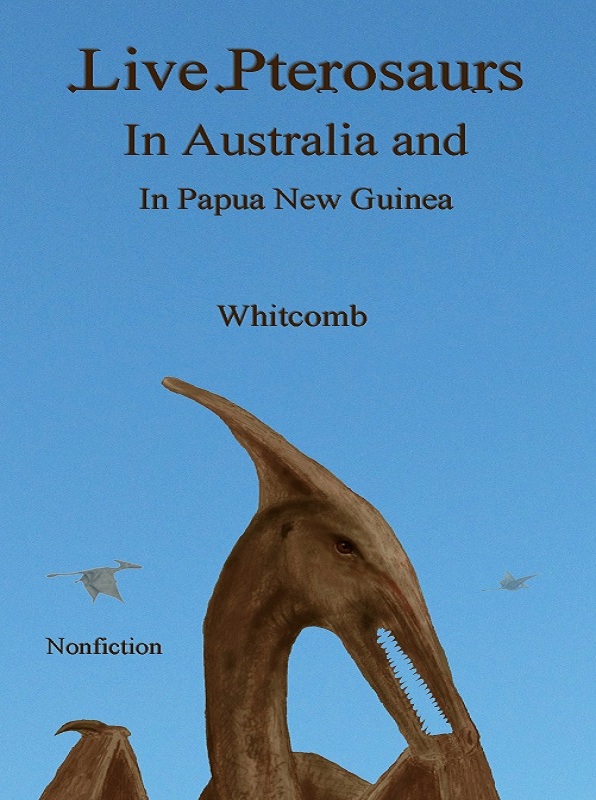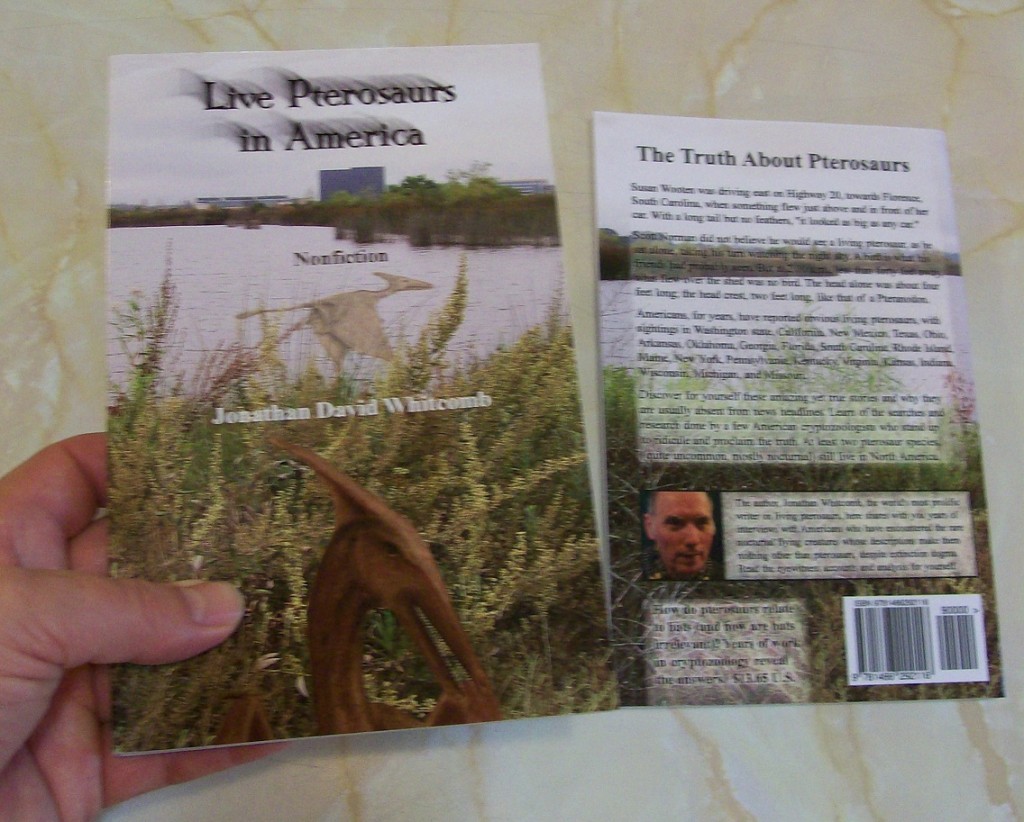By the nonfiction author Jonathan David Whitcomb
The Girl who saw a Flying Dinosaur introduces young readers (about 8-14 years old) to an exciting new branch of cryptozoology: eyewitness reports of apparent living pterosaurs, and most of these flying creatures appear to be ropens. Here is but a brief summary of some of the book’s benefits for children and teens (this is NON-fiction):
- Exciting encounters people have had with what they sincerely believe were actual “pterodactyls,” real animals, apparently living pterosaurs
- Invites the reader to use critical reasoning and let’s him or her decide what to believe about each of these apparent non-extinct pterosaurs
- Explains the three major interpretations for any particular sighting
- In simple English, allows the eyewitnesses to tell us what they saw
- Does NOT indoctrinate; says not what to think but HOW to think
Other Amazon sites having The Girl who saw a Flying Dinosaur:
.
Eyewitness accounts are in The Girl who saw a Flying Dinosaur
Of course these cryptids are not literally dinosaurs—the correct word is pterosaur—but some eyewitnesses and others use the phrase “flying dinosaurs” for these featherless flying creatures. The girl mentioned in the title of this book is Patty Carson. As a small child, she probably used that phrase, or one like it, when she tried to tell her family what she had seen in some tall grass on the military base at Guantanamo Bay, Cuba, in 1965.
The Girl who saw a Flying Dinosaur is a short nonfiction, just 56 pages, yet it can be delightful for readers between about the ages of eight and fourteen years. Give one as a gift for Christmas or as a birthday gift. Better yet, purchase a number of them and give them out to many children and teens. Your purchase will help support the author in his research and interviewing of eyewitnesses worldwide. The suggested retail price is only $7.80 (U.S.).
According to the author Patty Carson really did have a flying cryptid encounter many years ago in Cuba.
###
.
Four books for young readers in general, including the short nonfiction The Girl who saw a Flying Dinosaur
.
Is the New Book About Religion?
My new nonfiction is for middle-grade children and many (but not all) teenagers: The Girl who saw a Flying Dinosaur. This is a short cryptozoology book, not about religion but about eyewitness sightings of apparent living pterosaurs. It invites you to seek the truth behind what people around the world report observing.
.
Gift Book for a Ten-Year-Old Girl
A few days ago, my new book became available on Amazon: The Girl who saw a Flying Dinosaur. I’m not saying that this paperback is the ideal gift for every 10-year-old girl who reads English, of course, but it’s a whole new approach to the “dinosaur bird,” and I wrote it for readers 8-14 years old or thereabouts.
.
Is the ropen a modern pterosaur?
Questions and answers on the ropen

